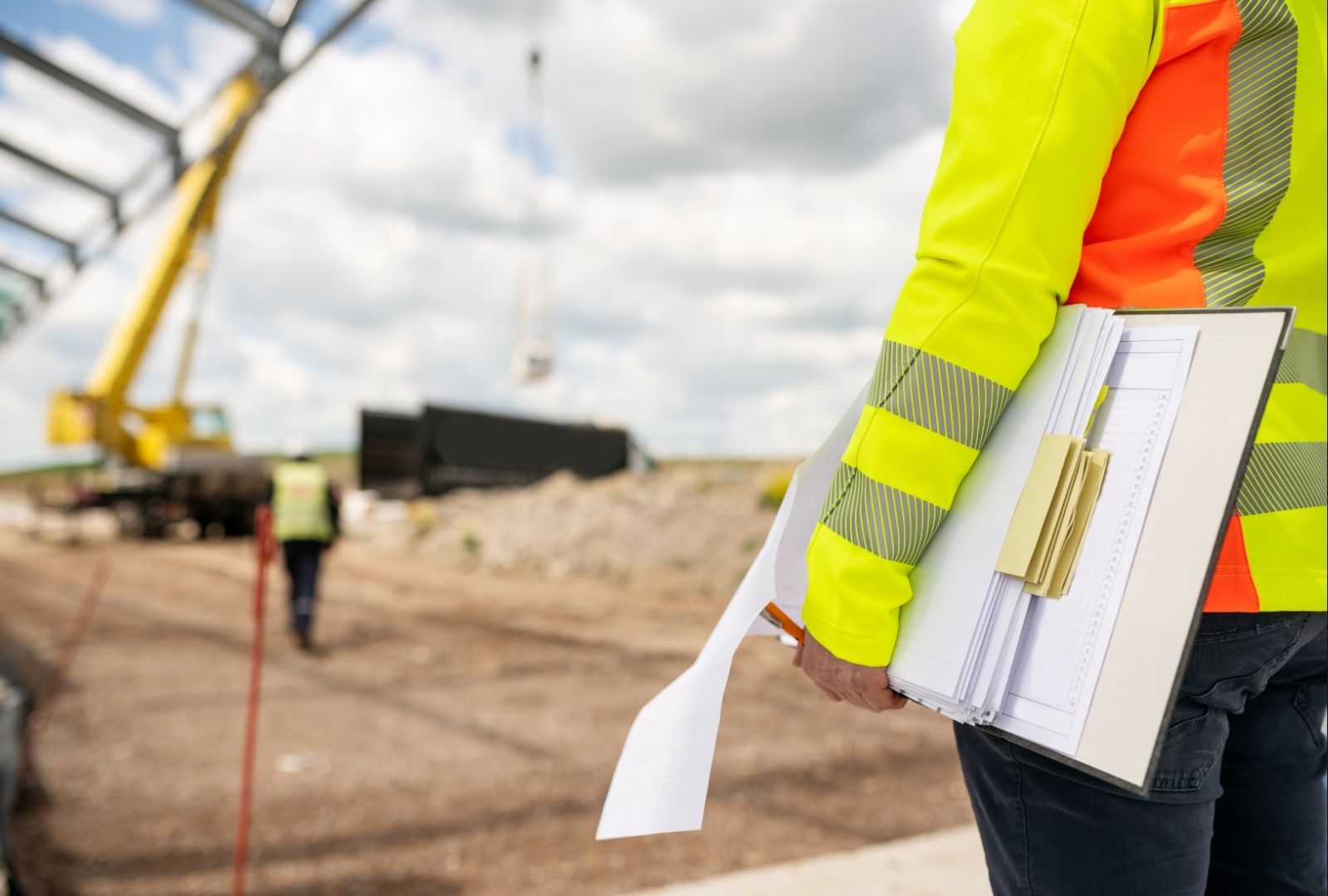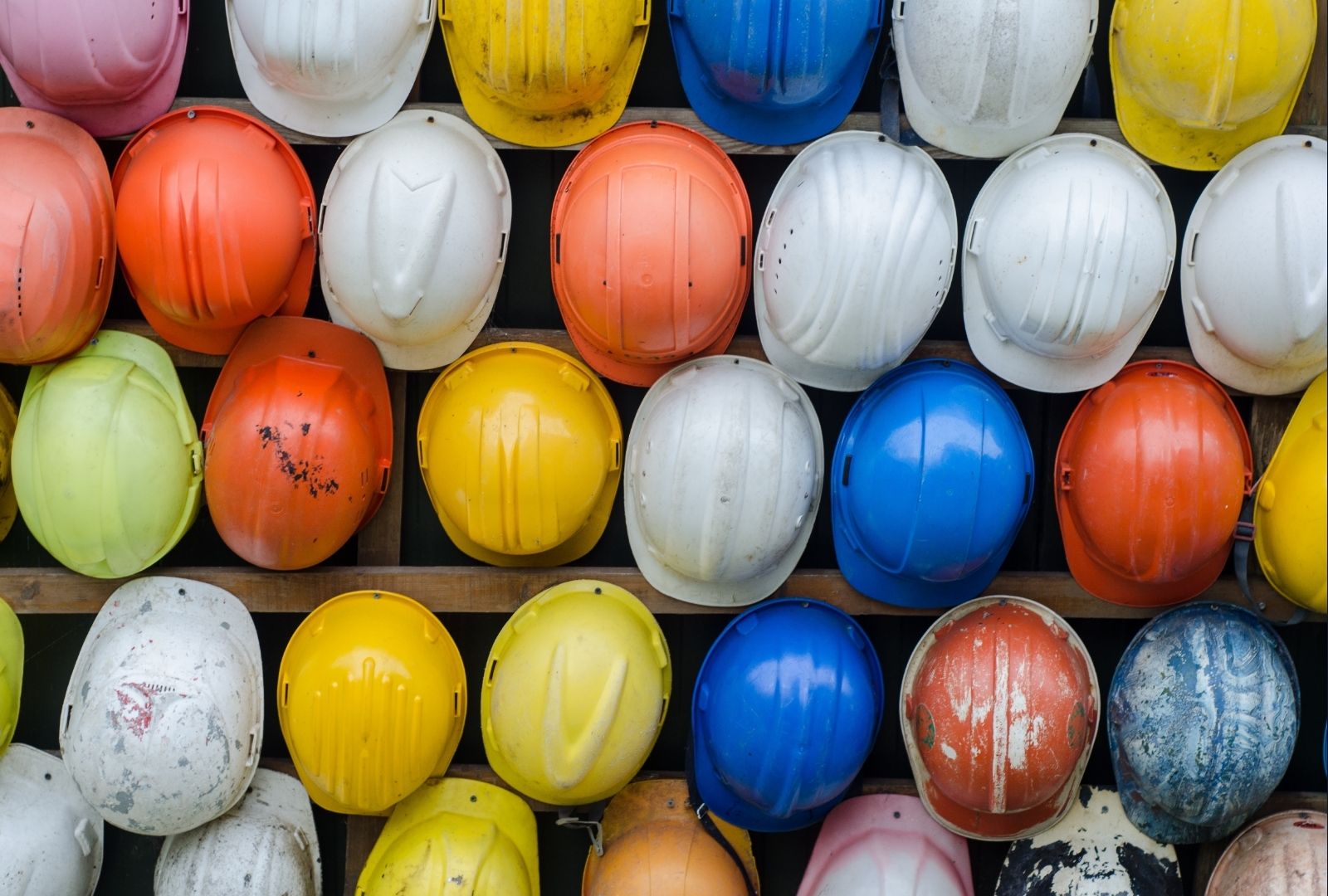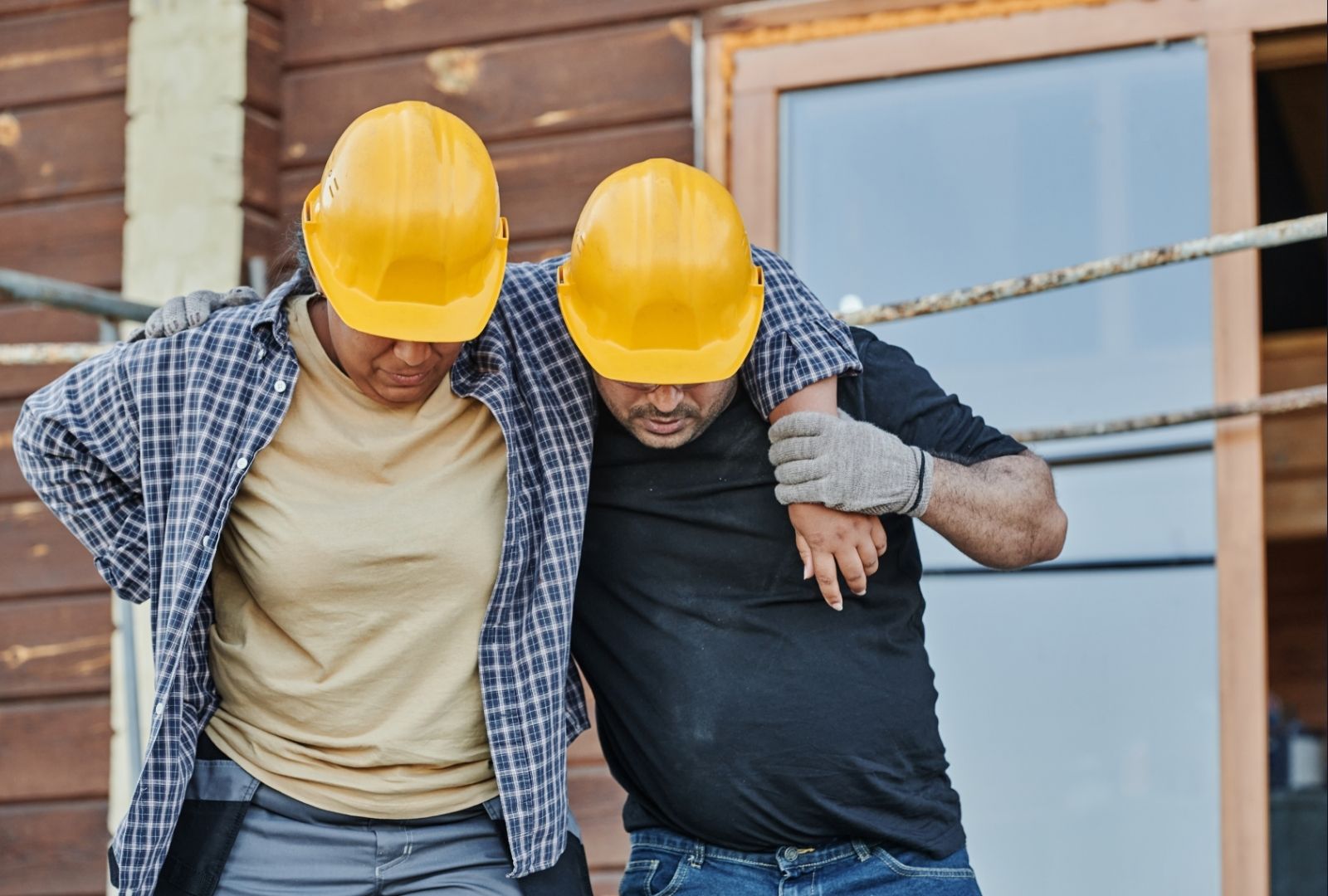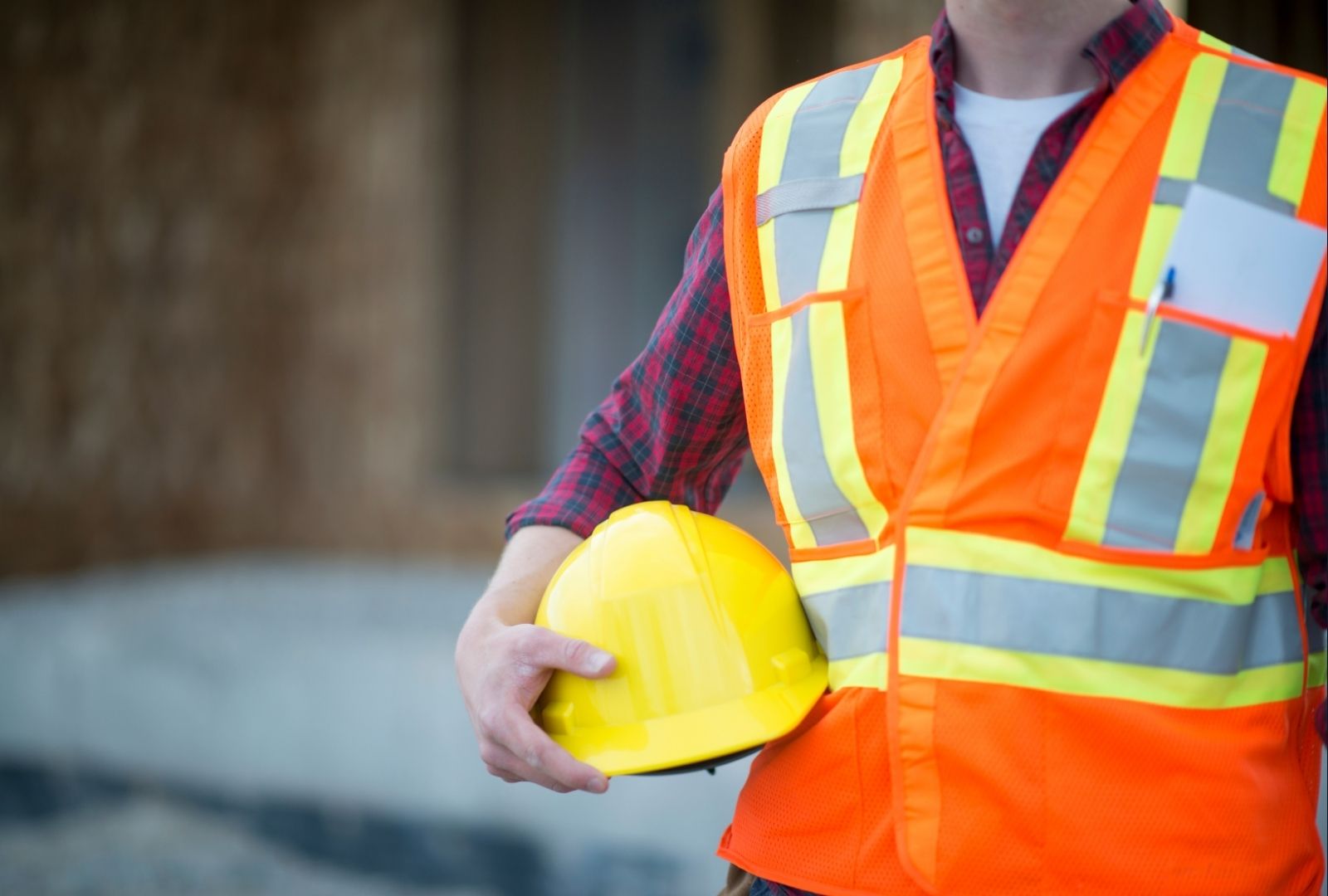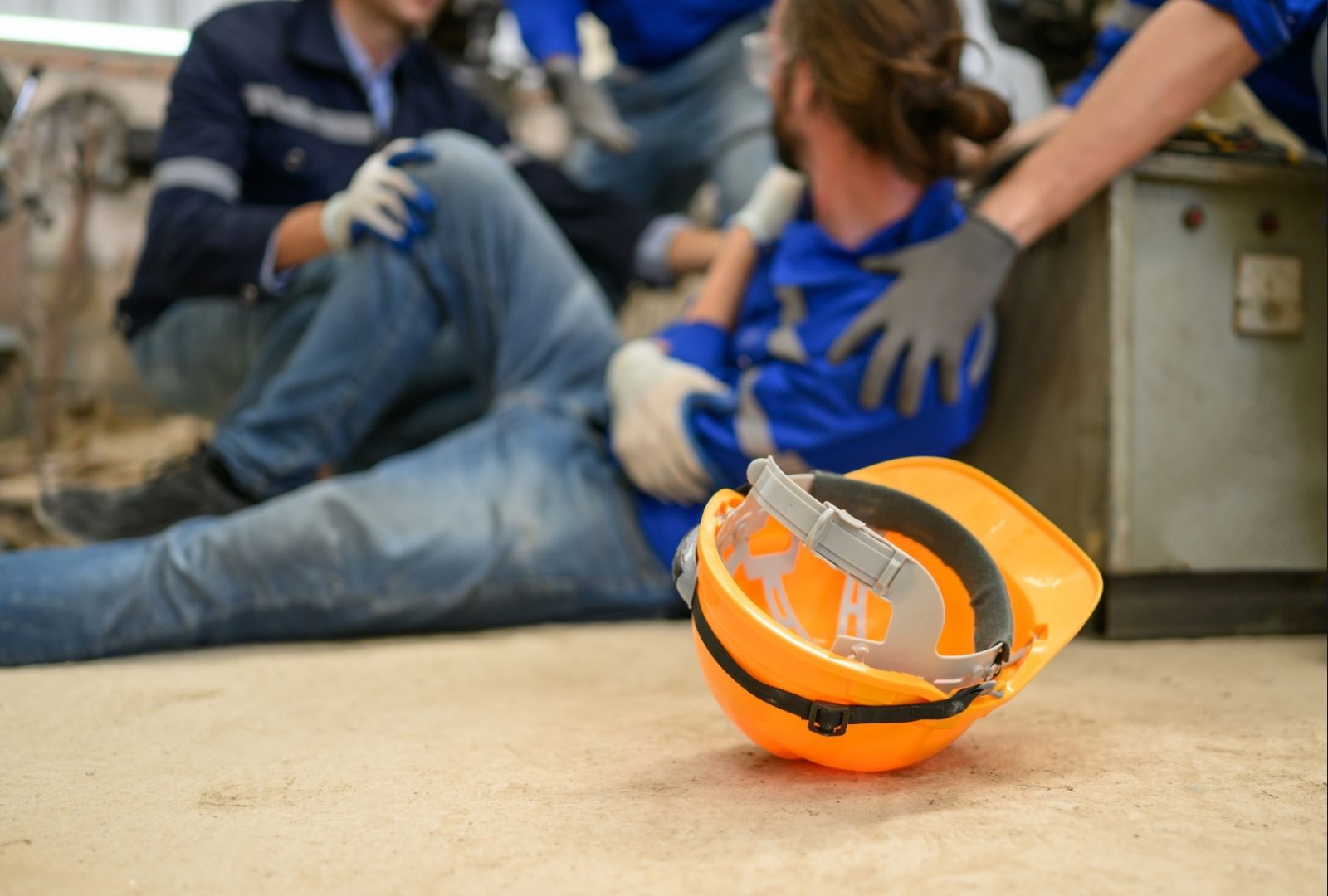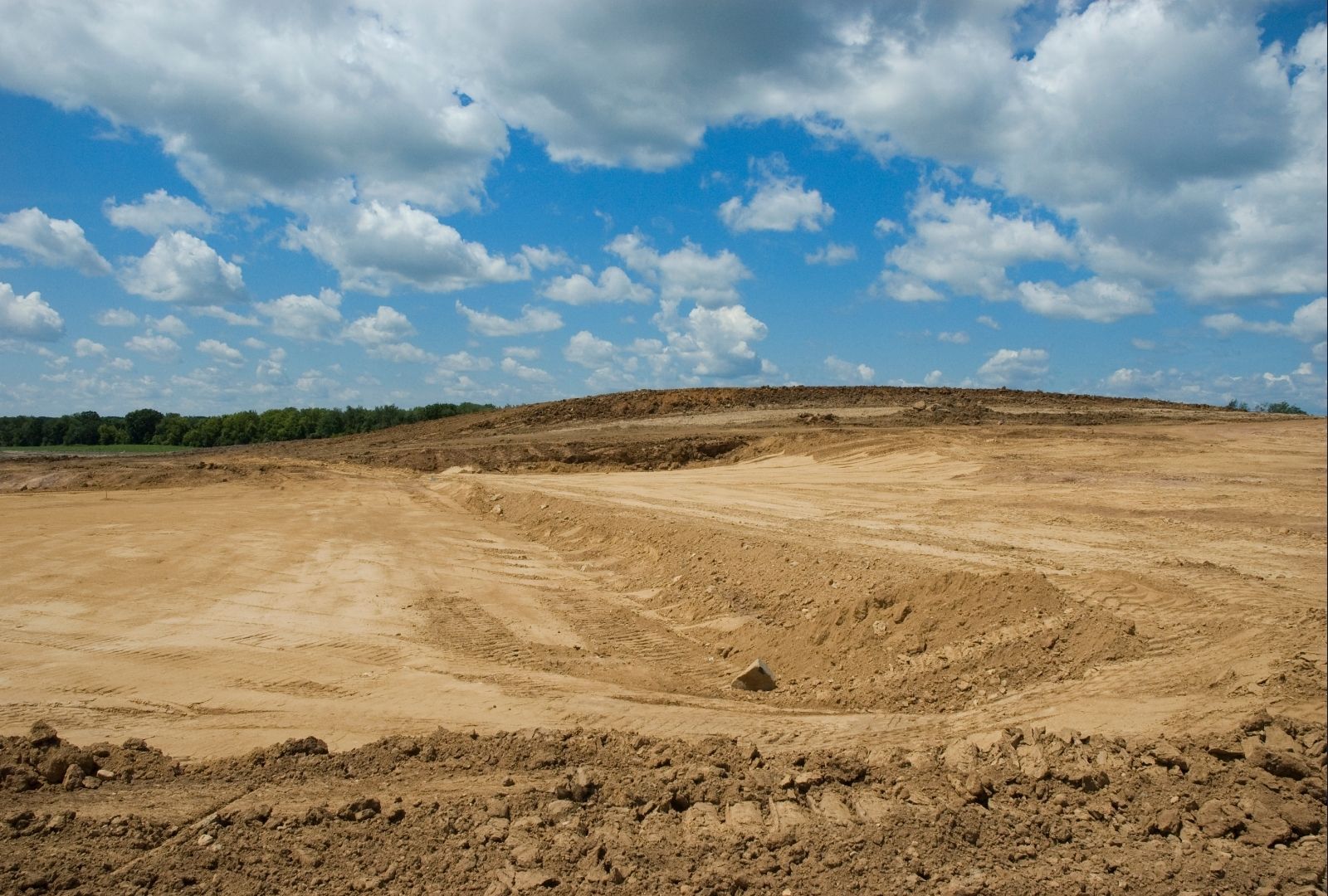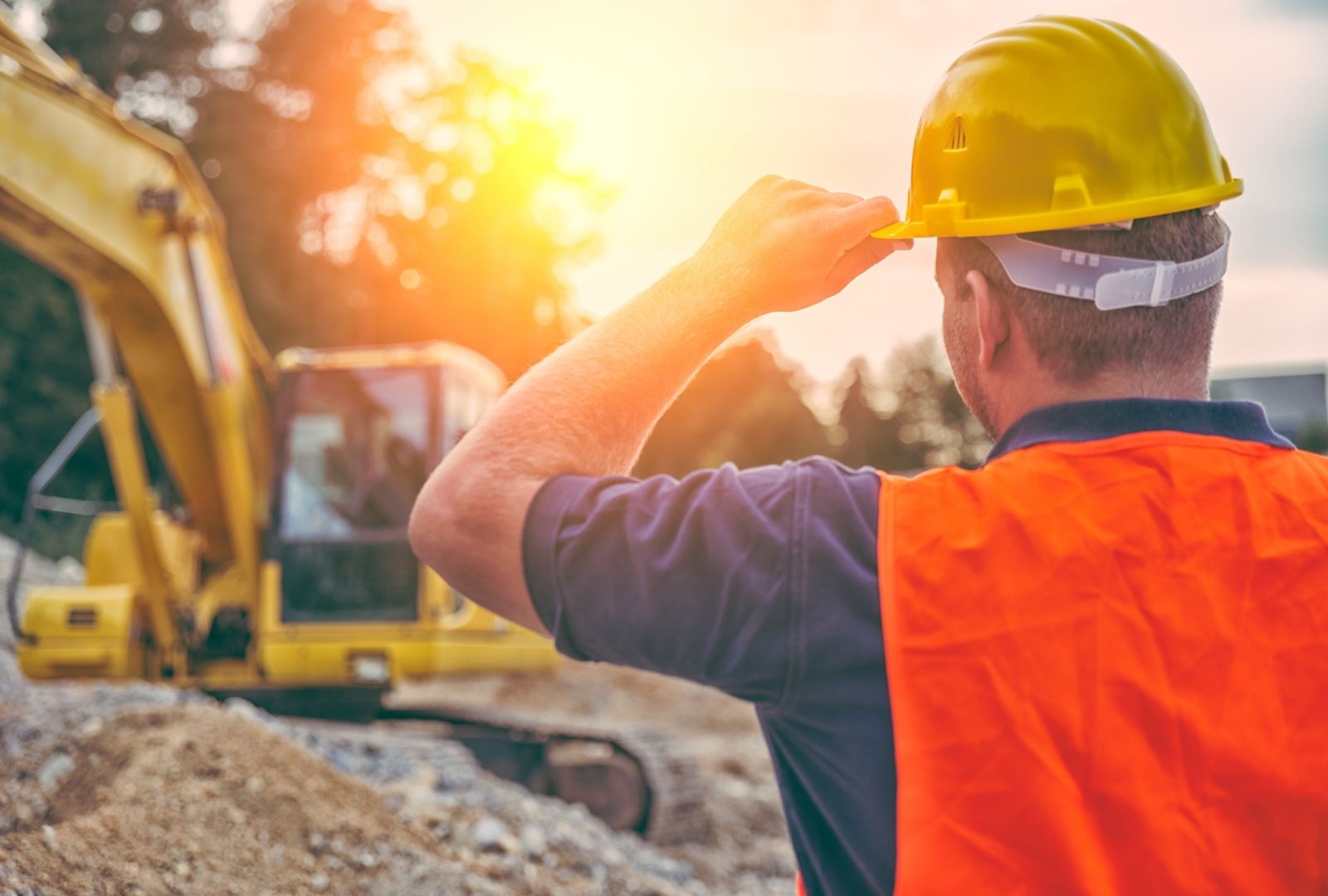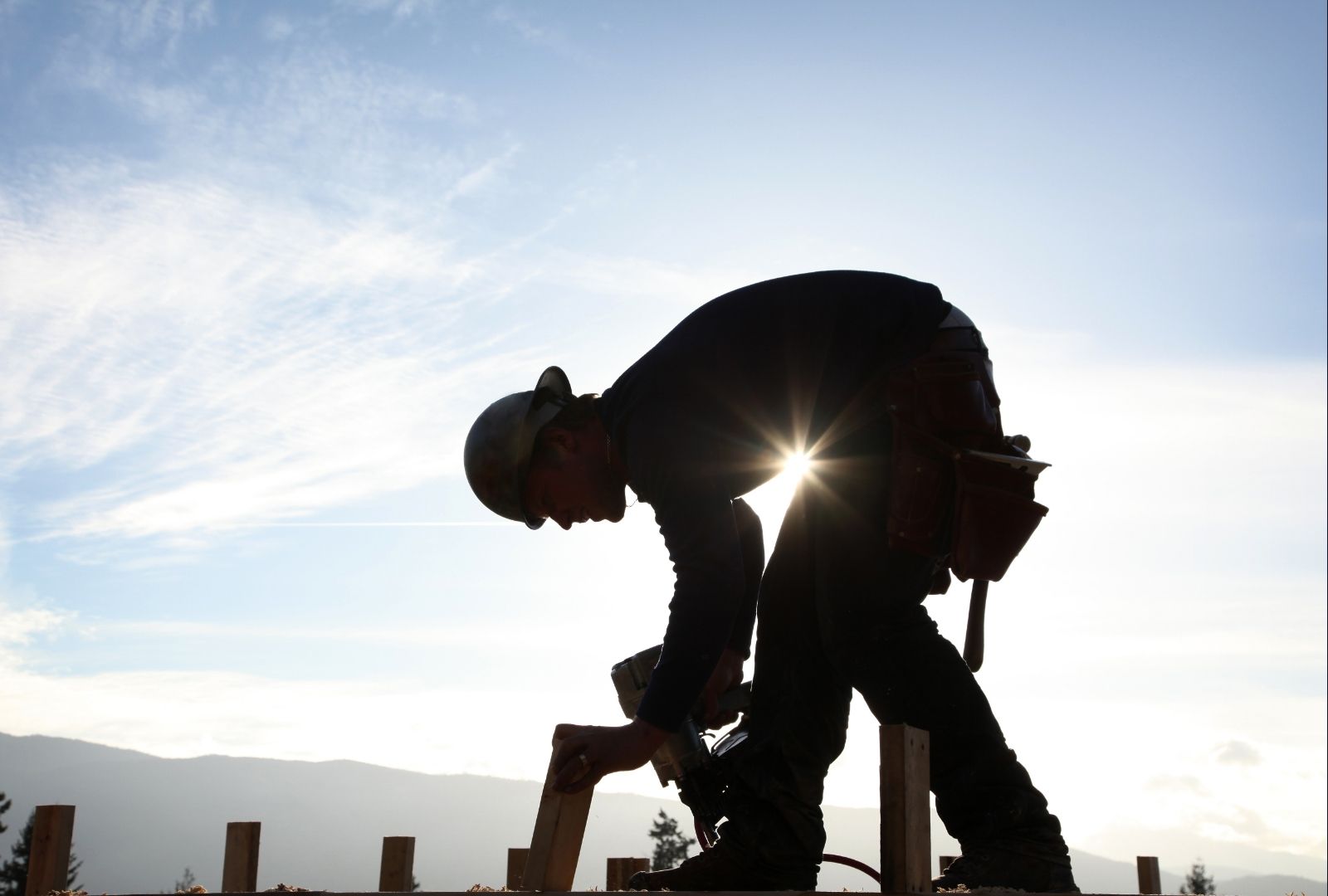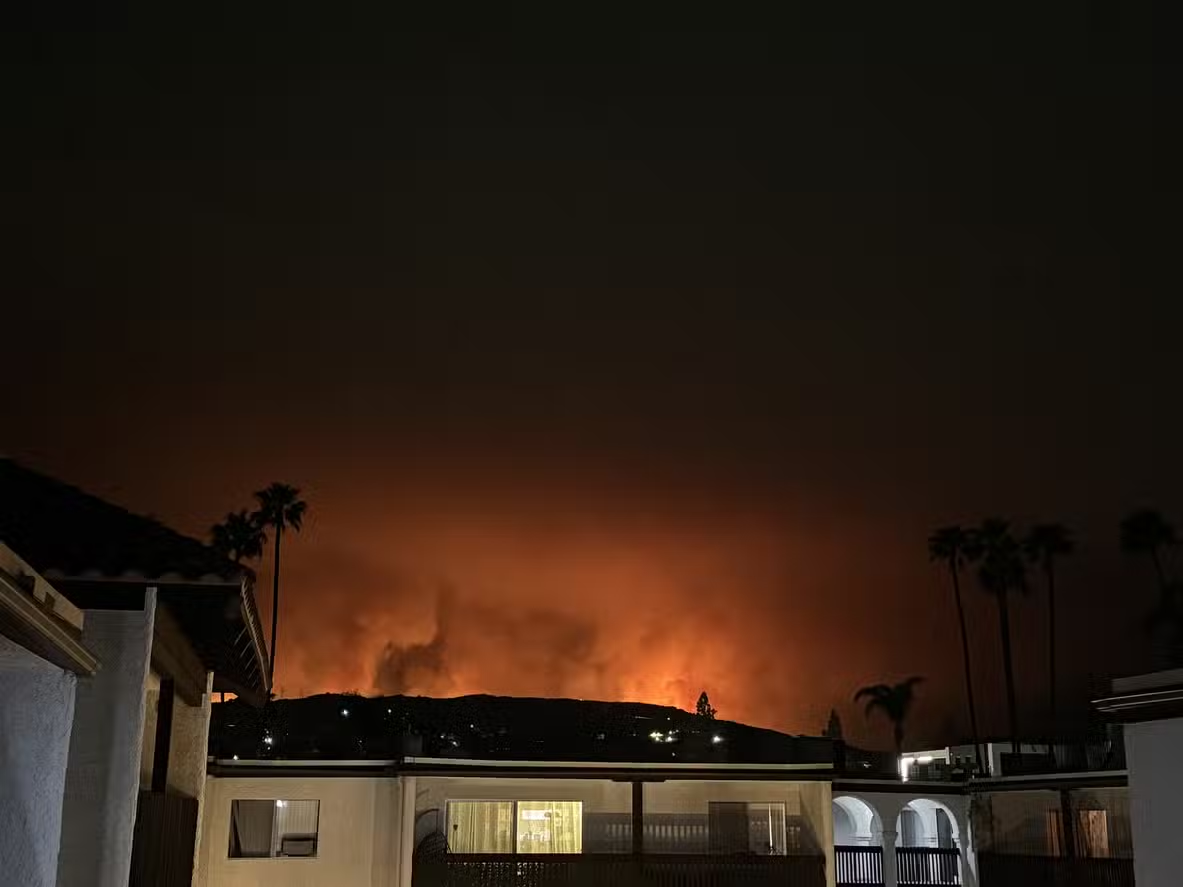Construction remains the most dangerous private-sector industry in the U.S., responsible for 19–20% of all workplace fatalities. In 2023, approximately 5,283 workers died on the job across all industries, with about 1,075 deaths in construction alone, representing 23.7% of U.S. private-sector fatalities according to Workyard.

Key Fatality Figures
- In 2023, 1 in 5 workplace deaths occurred within construction Bureau of Labor Statistics.
- The fatal injury rate for construction was 12.9 per 100,000 workers Workyard.
- Texas led all states with over 1,100 construction fatalities from 2011 through 2023, followed by California, Florida, New York, and North Carolina OSHA+7Workyard+7OSHA Online Center Blog+7.

Leading Causes: The Fatal “Focus Four”
OSHA identifies the “Focus Four” hazards—falls, struck-by, caught-in/between, and electrocution—as responsible for 65% of fatal construction accidents Workyard+15SafetyCulture Training+15Wikipedia+15.
Falls from Height
- Falls account for 37–39% of construction fatalities .
- Since 2013, the industry averaged over 300 fatal and 20,000 nonfatal fall-related injuries annually Claris Design Build+1Workyard+1.
- In 2023 alone:
- Construction fatalities totaled 423 due to falls/slips/trips Kryder Law Group.
- Roofing, residential building, painting, and framing trades were most impacted arXiv+12Bureau of Labor Statistics+12OSHA+12.
Emerging Trends & Growing Concerns
- Between 2022 and 2023, the fatal injury rate rose slightly from 13.0 to 12.9 per 100,000 Workyard+1Wikipedia+1.
- Nonfatal injuries were also high, with 167,600 incidents reported in 2023 (2.2 per 100 full-time workers) Workyard.
- Rising concerns include mental health issues, substance abuse, and air pollution—which can worsen on-site safety OSHA Practice+1arXiv+1.
Prevention Strategies
Addressing fatal accidents calls for a combination of training, engineering controls, and cultural change:
Implement “Prevention through Design”
Design safety into projects from the start to remove hazards before workers arrive arXiv+4Wikipedia+4Wikipedia+4.
Use Fall Protection Systems
Provide guardrails, harnesses, secure scaffolding, and inspect equipment daily.
Conduct OSHA "Fatal Four" Training
Regularly train employees on fall arrest, struck-by, caught-in/between, and electrocution hazards.
Enforce PPE and Equipment Standards
Ensure use of hard hats, high-visibility vests, fall arrest gear, and insulated tools.
Promote Safety Culture
Schedule daily briefings, empowering reporting of hazards like faulty tools or unstable surfaces.
Monitor via Inspection and Technology
Use site audits, digital inspections, and AI-driven tools to identify at-risk zones in real time.
Legal Preparedness After a Fatal or Severe Accident
- If a serious accident causes death or severe injury, consult a construction site accident attorney early to handle wrongful-death claims, third-party responsibility, and OSHA violations.
- Accurate investigative documentation, including photos, reports, and sketches, is essential. See “construction accident report” for guidance.
- Explore “when to hire a construction accident lawyer” to know when legal action is appropriate.
Conclusion

Deadly construction accidents remain alarmingly common, with falls leading the toll. Proactive safety design, strict hazard controls, and cultural enforcement are essential for reducing fatalities. And when the worst occurs, legal support is vital for justice and compensation.


